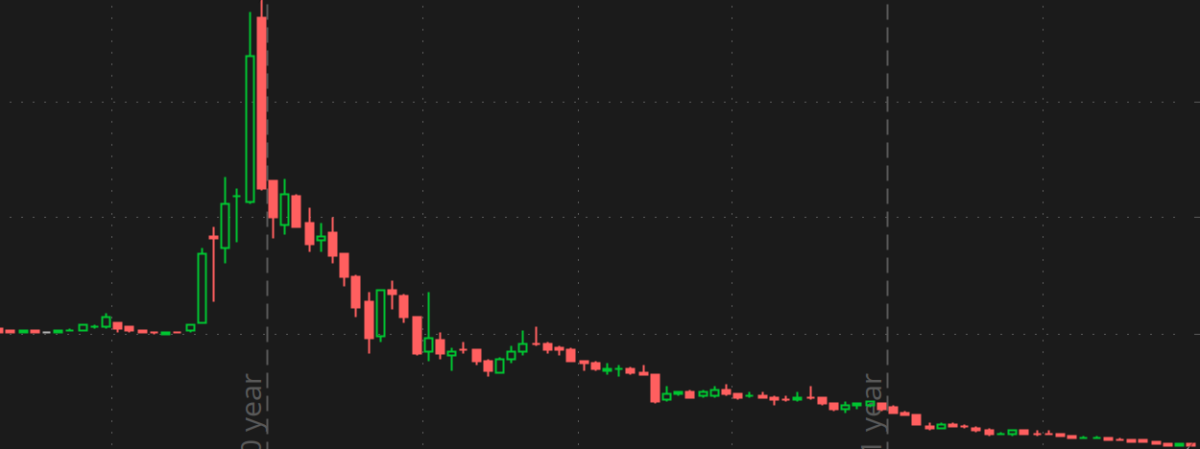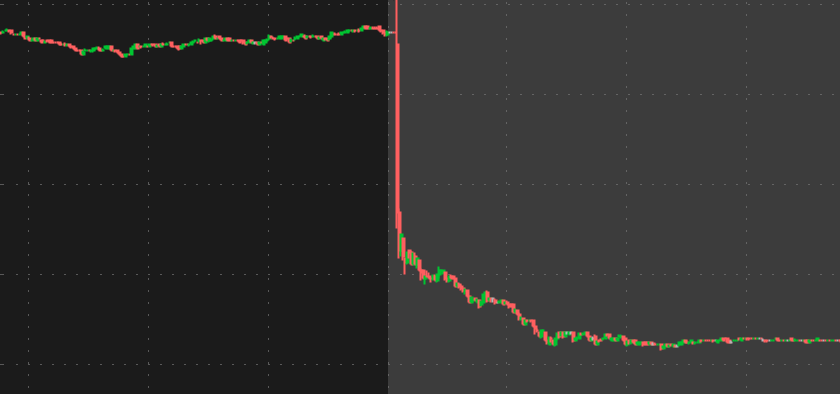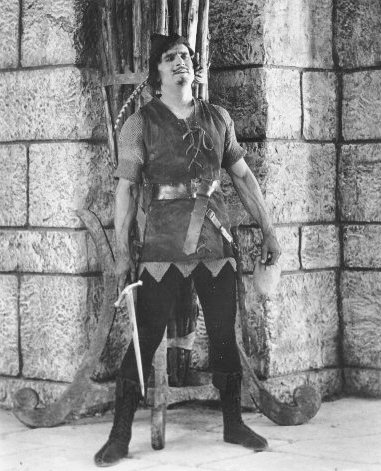by Fred Fuld III
A SPAC is a Special Purpose Acquisition Company, also known as a blank check company. It is a company created specifically to raise money as a publicly traded company in order to finance a merger or acquisition opportunity within a set timeframe, usually two years.
They have no operations but go public with the intention of merging with or acquiring a company with the proceeds that were raised from the SPAC’s initial public offering. The SPACs are generally sold at $10 a share or often in $10 units which includes of one share of common stock and one or more out-of-the-money warrants or a fraction of a warrant. The units, stocks, and warrants usually start trading on either the NYSE or NASDAQ.
Probably the most famous SPAC (which no one remembers the original name of but most remember the new name after the merger) was Social Capital Hedosophia (former symbol: IPOA). This is the company that merged with Richard Branson’s Virgin Galactic (SPCE), the space travel company.
Unfortunately for most investors who invested in these SPACs, the investment hasn’t turned out well, especially when measured from the stock’s high to todays price. Many came out at $10, then started dropping and never looked back. Other SPACs jumped way up in price, then later tanked way below the original $10.
For example, Romeo Power (RMO), a southern California manufacturer of lithium ion battery modules, came out at $10 a unit. Some poor soul paid 38.90 a share right after Christmas in 2020. What a Christmas present.
The stock is now trading at 44 cents a share. This is a drop of 98.9% in share price.
Another example is a company called Ucommune International Ltd (UK), a provider of agile office spaces in China. An investor paid 241.40 a share on a split adjusted basis a couple weeks before Thanksgiving in 2020. Happy Thanksgiving. The stock is now 3.71 per share, a drop of 98.2%.
To explain how the split worked on this stock, there was a 1 for 20 split on April 22, 2022. That means that if you had 100 shares to start with, you would end up with only 5 shares. So the investor who paid the high price, if had a 100 shares, actually would have paid 12.06 per share, for a total of $1206. However, after the split, he would have only 5 shares at 3.71 per share, or a total value of only $18.55.
So here is a list of SPACs that have fallen dramatically.
| SYMBOL | LOSS |
| RMO | 98.9% |
| UK | 98.2% |
| LOTZ | 96.6% |
| MILE | 95.4% |
| DAVE | 95.1% |
| UPH | 94.8% |
| RIDE | 94.5% |
| SFT | 93.9% |
| IRNT | 93.0% |
| NKLA | 92.8% |
| MNTS | 92.2% |
| GOEV | 90.7% |
| GMTX | 90.4% |
| SPCE | 88.6% |
| ATIP | 88.3% |
| MAPS | 88.3% |
| VIEW | 86.9% |
| ME | 85.4% |
| LVOX | 84.7% |
| BBAI | 70.6% |
| MYPS | 64.6% |
Disclosure: Author didn’t own any of the above at the time the article was written.




